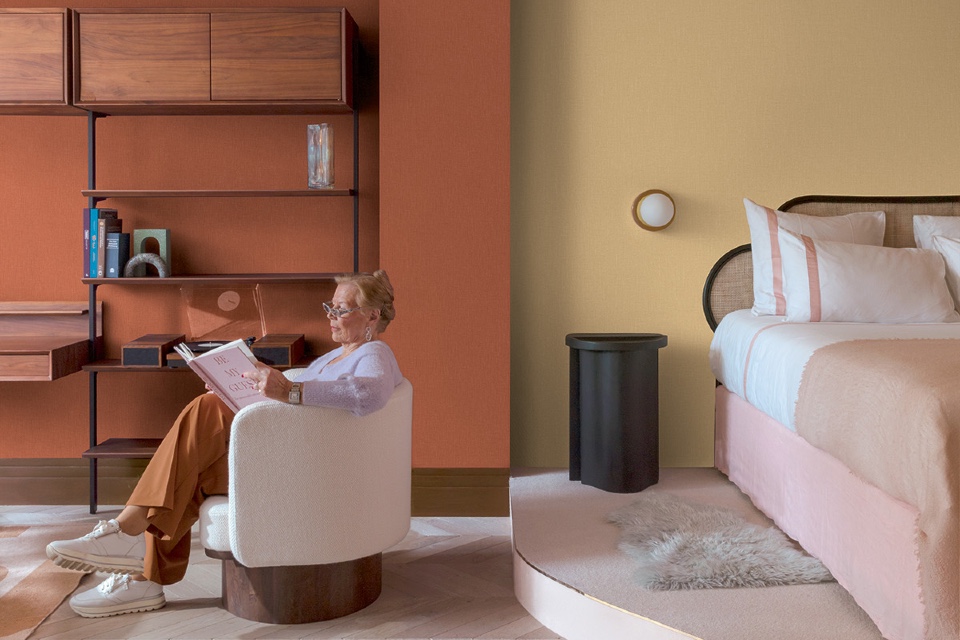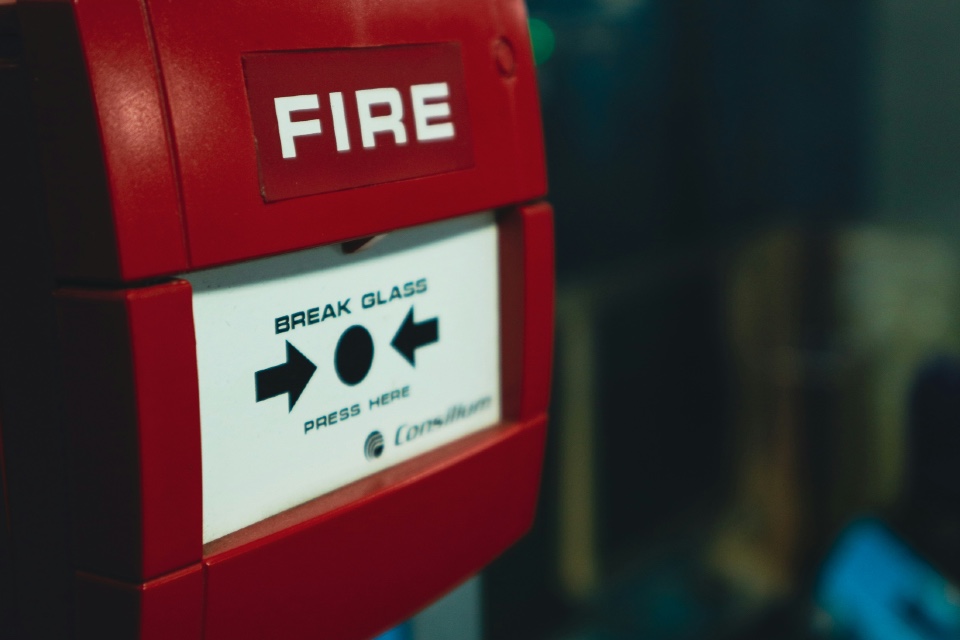Risk assessment and management is a critical component of ensuring safety and quality care within UK care homes. These processes are fundamental not just for compliance with regulatory standards, but also for fostering a secure and nurturing environment for residents, and staff. Here’s an overview of the key elements of risk assessment and management best practices…
Identifying Hazards: The first step in the risk assessment process involves identifying potential hazards that could cause harm. In a care home setting, this includes a wide range of risks, from slips, trips, and falls to the spread of infections, medication errors, and fire safety. It also involves assessing environmental hazards, such as unsafe furniture or poor lighting, and psychological hazards, such as those related to the wellbeing of residents.
Evaluating Risks: Once hazards are identified, the next step is to evaluate the risk associated with each hazard. This involves considering the likelihood of the hazard leading to harm and the severity of the outcome should it occur. Care home managers must take into account the specific needs and vulnerabilities of their residents, including those with mobility issues or cognitive impairments, to accurately evaluate risks.
Implementing Control Measures: Based on the risk evaluation, appropriate control measures must be implemented to mitigate identified risks. This could range from physical interventions, such as installing grab rails or anti-slip flooring, to procedural changes, like updating medication management protocols. Training and educating staff on these measures and the reasons behind them is also crucial for effective implementation.
Recording and Reporting: All findings from the risk assessment process should be clearly recorded and communicated to relevant parties. This documentation serves as evidence of compliance with legal and regulatory requirements and can be a valuable tool for training new staff and reviewing procedures. Reporting mechanisms should also be in place for staff to raise concerns about potential risks as they arise.
Review and Update: Risk assessment and management are not one-time tasks but ongoing processes. Care homes must regularly review and update their risk assessments to reflect any changes in their operations, resident needs, or external guidelines. This ensures that the care home continuously adapts to new challenges and maintains high standards of safety and care.
Engagement and Involvement: Engaging with residents, staff, and families in the risk assessment process is essential. Their input can provide valuable insights into potential risks and the effectiveness of control measures. This inclusive approach not only enhances the quality of the assessment but also promotes a culture of safety and care within the home.
Effective risk assessment and management in UK care homes involve a systematic approach to identifying hazards, evaluating risks, implementing control measures, and continuous review and update. By adhering to these best practices, care homes can ensure the safety and wellbeing of their residents, providing peace of mind for families and fulfilling their regulatory obligations.
Are you looking for Health & Safety solutions for your care homes? The Care Forum can help!
Photo by ThisisEngineering RAEng on Unsplash






